Katran steppe or Crimean horseradish
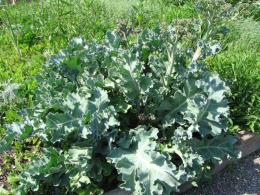
We received a letter from a reader in the mail. Tell us about the Crimean horseradish plant. I heard that it has the same properties as common horseradish, only it doesn’t scatter throughout the area and doesn’t grow wherever it wants.
Do you mean steppe katran? People call it Crimean horseradish. And we wrote often and a lot about katran. In short, I can say that katran is drought-resistant, frost-resistant and loves humus soil.
Its roots are thick, fleshy, and in the second year they can reach a very impressive mass. Although a relatively good harvest can be obtained in the first year of cultivation.
The taste of katran is approximately between horseradish and radish: both spicy and tender at the same time. In spring, the stems and leaves can be eaten like asparagus, and the leaves can be used to make a salad. Katran roots can be boiled, added to sauces, marinades, and when pickling vegetables.

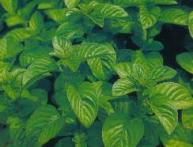
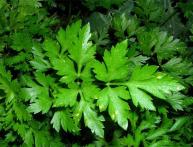
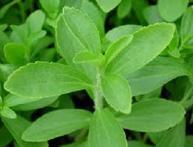
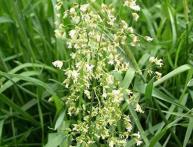
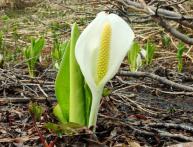
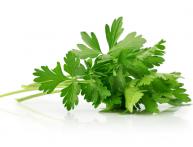
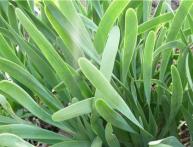
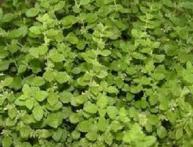
Comments
We also planted Katran steppe or Crimean horseradish on our plot, since we do not like ordinary horseradish both as a garden crop and for its taste. Katran has a much more pleasant taste and grows in the corner of the garden without spreading around the area. And this is a plus! Agree)
We haven’t had such a vegetable in our garden yet, as for ordinary horseradish, then, judging by the materials in the article, katran will not replace it, because it has a milder taste. With regular horseradish, pickled cucumbers will be more tasty.